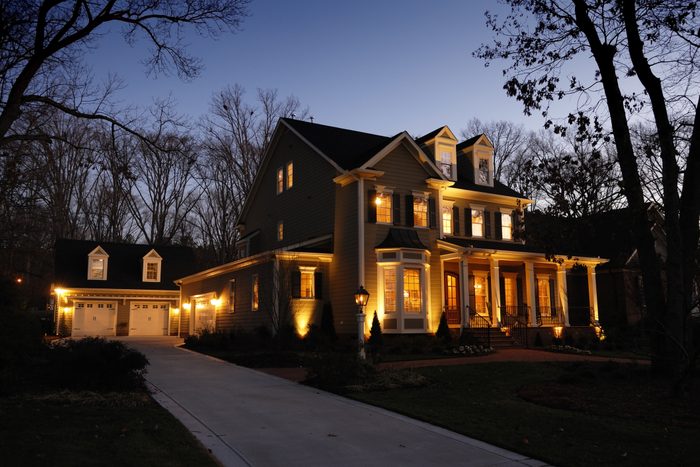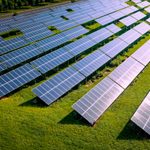What Are Peak Hours for Electricity?

Electricity peak hours, the times of day when electric consumption is highest, may affect your monthly power bill. Here's how to work around them and save money.
If your home is powered all or in part by electricity, you probably view your monthly electric bill with at least a sliver of dread. Depending on where you live, the price for electricity can vary widely.
According to this chart from the U.S. Energy Information Agency (EIA), consumers in New England pay an average of 22 cents per kilowatt-hour of electricity, almost twice as much as those in Kentucky, Mississippi, Alabama and Tennessee. Regional electricity costs depend factors like the type of fuel used, the integrity of the regional power grid, weather conditions and state regulations.
But here’s something else that affects your electric bill — when you use it. In some states and with some power companies, the average amount you pay per kilowatt-hour fluctuates during the day. In what’s known as “time of use” billing, or peak hour/off-peak billing, power companies charge according to demand.
Knowing how electricity peak hours work can save you some money, as well as take some of the strain off your community’s power grid.
On This Page
What Are Peak Electricity Hours?
These are the times of day when electricity consumption is highest. It varies by season and region.
For residential dwellings, think about the times of day you and your family are most active — watching TV, blow-drying your hair, making coffee, running the dishwasher or tossing in a load of laundry. If everyone else in your community follows the same usage pattern, there’s much higher demand for electricity during those periods. And here’s a new wrinkle affecting peak hours — people charging their electric cars.
The time of year determines peak hours, too. In most parts of the country, when summertime temperatures soar, electricity consumption peaks during the hottest hours of the day as businesses, schools and malls crank the air conditioning.
In contrast, winter months see lower household daytime consumption when homes are more likely to be empty, but peak consumption at night when families return and fire up household appliances.
What Are Time of Use Rates?
Time of use rates (abbreviated as TOU) fluctuate based on peak hours. Power companies charge more for electricity during peak hours and less in off-peak times.
These rates exist for understandable reasons. When there is more pressure on the power grid, it costs more to produce the additional electricity to meet the demand. Higher rates theoretically give consumers incentive to decrease their usage during peak times, lessening pressure on the grid.
Some power companies offer TOU rate plans, guaranteeing a fixed kilowatt-hour rate when you consume electricity during off-peak hours. The difference between peak and off-peak TOU rates varies from company to company, but may be as much as 15 to 20 cents per kilowatt-hour.
What’s the Cheapest Time of Day To Use Electricity?
The formula for finding the cheapest time of day to use electricity is pretty simple — don’t use it when everyone else is!
In practical terms, in most parts of the country, these are considered peak hours:
- In summer, typically between noon and 6 p.m. when air conditioners are on full-throttle.
- In winter, typically between 6 a.m. and 9 a.m., and again between 5 p.m. and 9 p.m. — before and after work.
Off-peak hours line up like this:
- In summer, from about 5 p.m. to 10 p.m., after the hottest part of the day.
- In winter, from about 9 a.m. to 5 p.m., when houses are empty and daytime temps are higher
In virtually all seasons and regions, nighttime hours from 9 p.m. or until 5 a.m. are off-peak.
Electricity Money Saving Tips
While it might make financial sense to avoid peak hours, the rhythms of daily life often dictate our electricity use. But there are some ways to take advantage of off-peak rates:
- Before leaving the house for the day, be sure to raise the thermostat in the summer and lower it in the winter.
- Program smart appliances like washers, dryers and dishwashers to run at night during off-peak hours.
- On winter evenings, set the thermostat a little lower, light a fire in the fireplace, wear extra layers or snuggle under a cozy throw blanket.
- Weather-proofing your home and weather stripping windows and doors will keep cold or warm air in, depending on the season.



